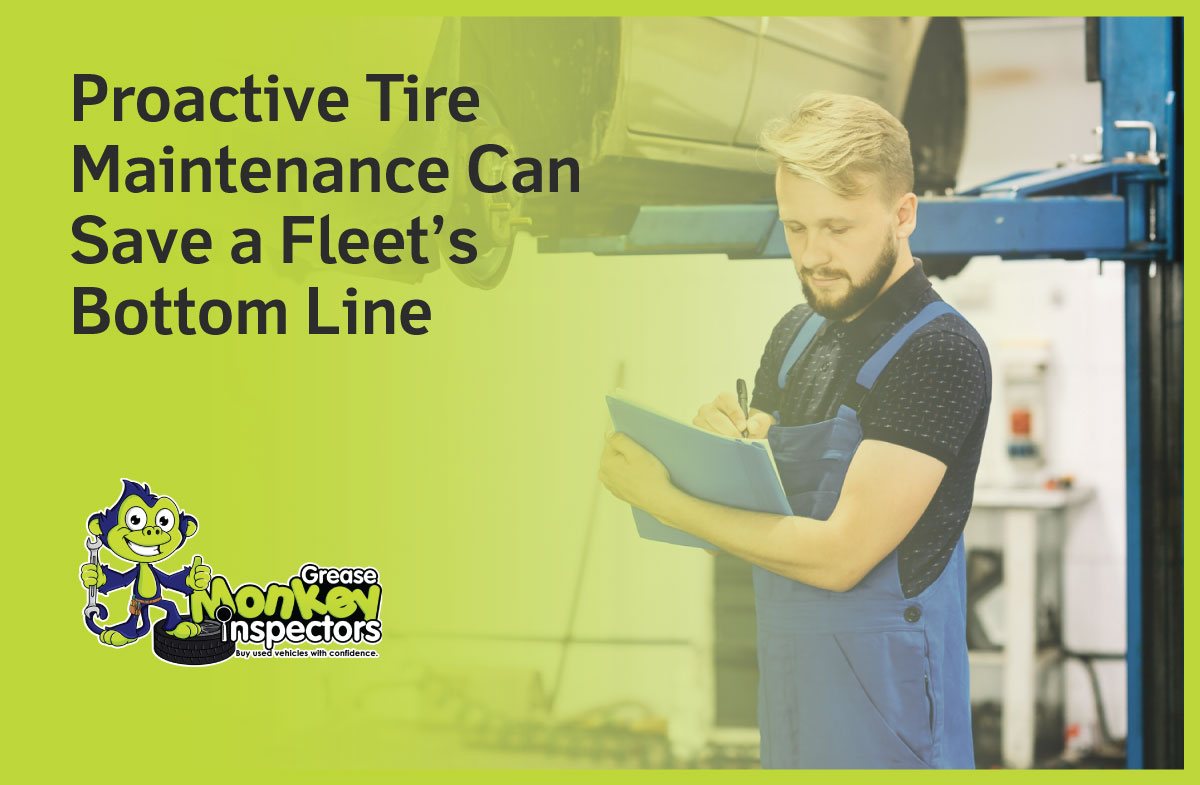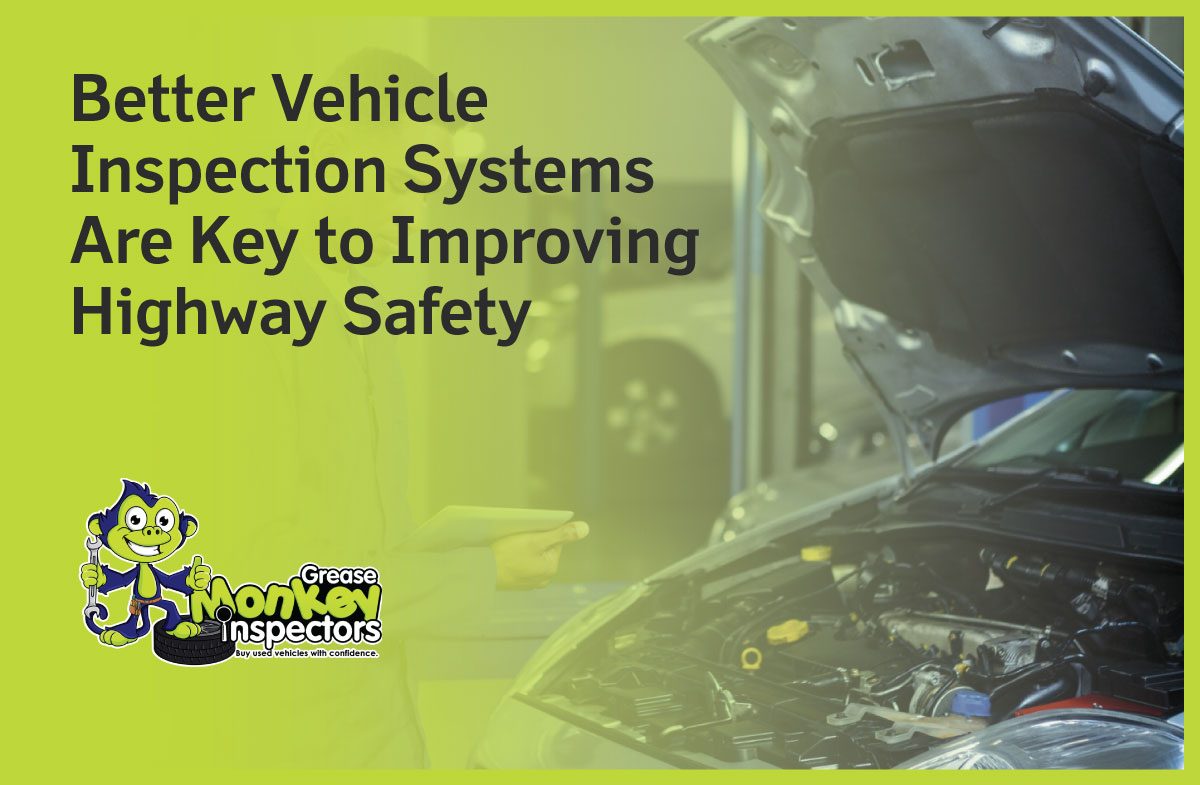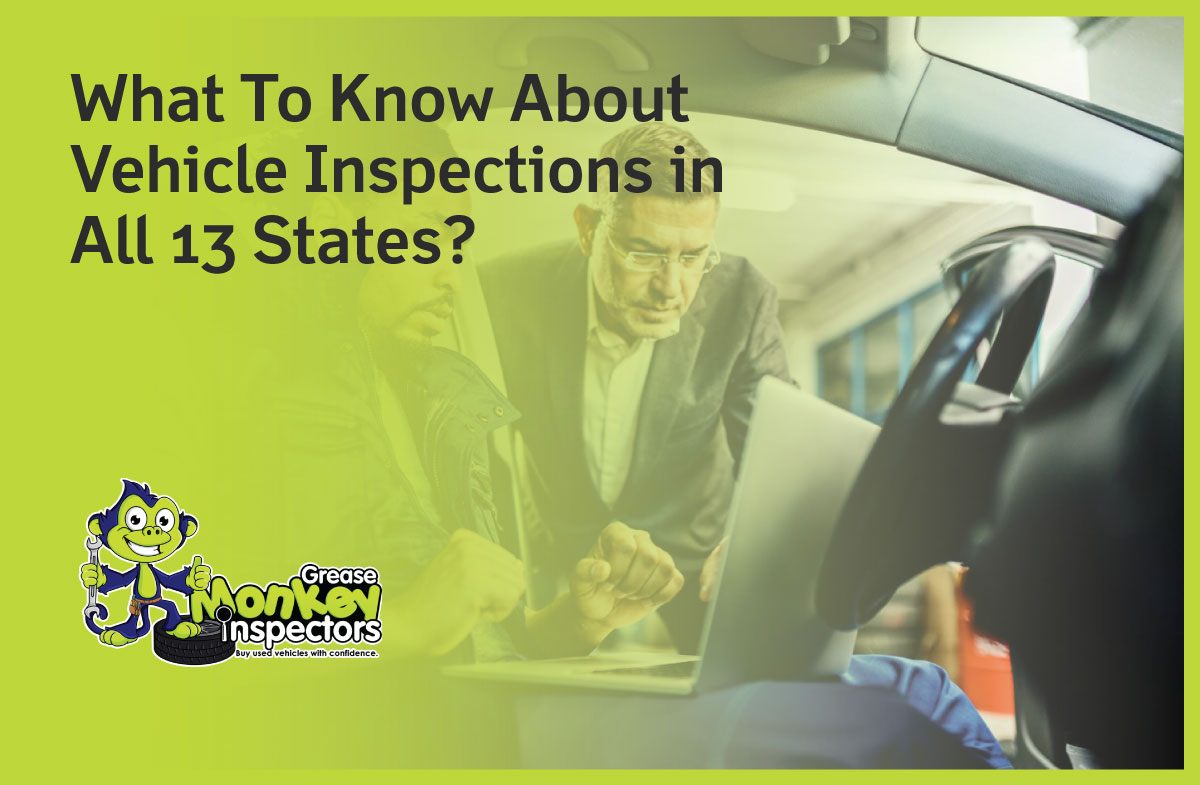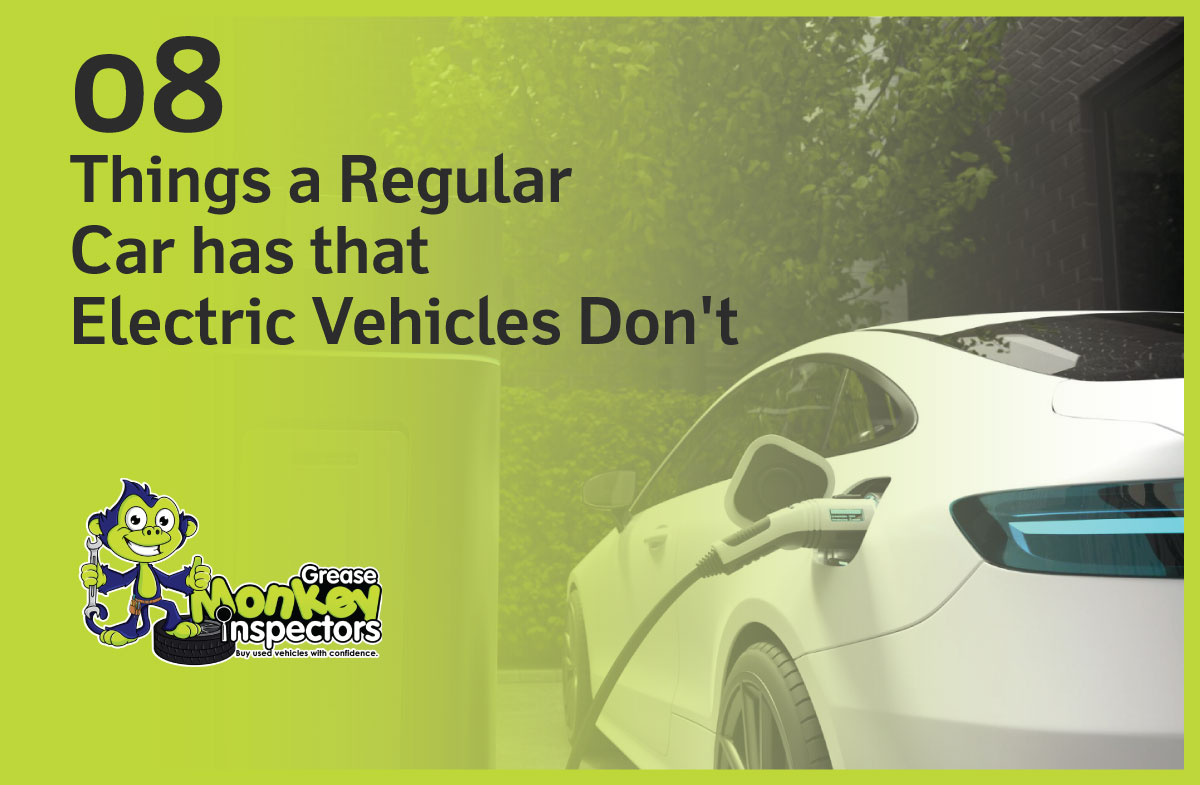Tires are one of the most essential components of any vehicle. They are the only part that makes direct contact with the road, making them crucial for both performance and safety. Despite this, many drivers overlook the importance of tire maintenance, especially in Ontario. At Greasemonkey Inspectors, we emphasize tire care as part of our comprehensive pre-purchase vehicle inspection service, which includes a detailed history report. Proper tire maintenance can save you from unexpected issues and extend the life of your tires.
Importance of Tire Maintenance
According to the National Transportation Safety Association (NHTSA), tire failures cause an average of 33,000 accidents each year, with 2,000 being blowout-related. Most tire-related accidents result from under-inflation, excessive wear, or existing tire damage. Keeping up with Tire Maintenance in Ontario helps prevent these common problems, ensuring your safety on the road.
Tire Pressure
Maintaining the correct tire pressure is one of the simplest yet most critical aspects of Tire Maintenance in Canada. Under or over-inflated tires can cause uneven wear, shortening the tire’s life and increasing the risk of a blowout. Ensuring your tires are inflated correctly helps avoid these problems, providing better performance and extending the life of your tires.
Tire Tread Depth
The depth of your tire tread plays a significant role in vehicle safety and performance. Shallow tread decreases grip, increases the chance of punctures, and affects fuel consumption. Regular checks for tread depth are a crucial part of Tire Maintenance in Ontario. Ensuring that your tires have sufficient tread depth reduces the risk of accidents and keeps your vehicle running efficiently.
Recognizing Wear and Damage
Even with proper care, tires degrade over time. After 5-6 years, regardless of mileage, tires should be replaced. Over time, rubber can crack, blister, or bubble, which can compromise tire integrity. At Greasemonkey Inspectors, we recommend replacing tires showing signs of wear or damage during our pre-purchase inspections.
Tire Inspection Checklist
Here are some key areas to check when maintaining your tires:
- Tread depth
- Proper inflation
- Punctures or foreign objects
- Sidewall damage
- Uneven wear
- Dry rot
- Wheel damage
Our team at Greasemonkey Inspectors provides detailed tire inspections as part of our vehicle assessment process. If you’re looking for reliable Tire Maintenance in Canada, our pre-purchase inspections will ensure your tires are safe for the road.
Why Choose Greasemonkey Inspectors?
While traditional tire inspections rely on a technician’s experience, Greasemonkey Inspectors takes it a step further by offering detailed assessments, ensuring no issue is overlooked. Our experts use their experience to catch any problems early, helping you maintain a reliable and safe vehicle. We also provide a comprehensive history report with every inspection, giving you peace of mind.
For a more thorough assessment of your tires and vehicle, check out our Inspection Packages.










